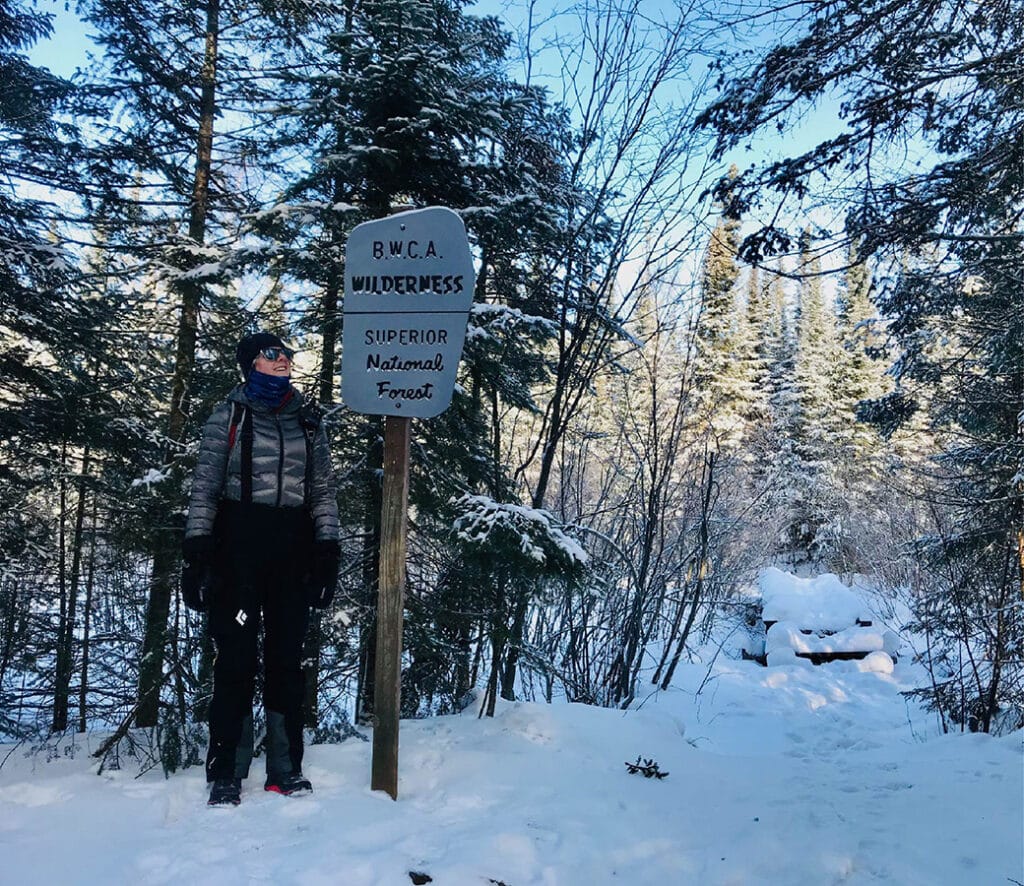
Winter enthusiasts and residents should prepare for a colder, snowier winter in northern Minnesota. The National Oceanic and Atmospheric Administration (NOAA) recently released its forecast for 2025. Although dry conditions persist in the north, the expected forecast should benefit those who recreate in the BWCAW and beyond.
Climatologists are tracking a slowly developing La Niña that is set to influence winter weather across the country. As a result, Minnesotans can expect wetter and colder conditions. Northern Minnesota, in particular, should brace for below-average temperatures.
La Niña, or “cold event,” occurs when trade winds are stronger than usual. This phenomenon brings cold water to the ocean surface off the Pacific coast. This pushes the jet stream northward, leading to cooler temperatures and increased precipitation in the northern regions.
“This winter, we anticipate that the emerging La Niña will influence our upcoming winter patterns, especially our precipitation predictions,” said Jon Gottschalck, chief of the Operational Prediction Branch at the Climate Prediction Center.
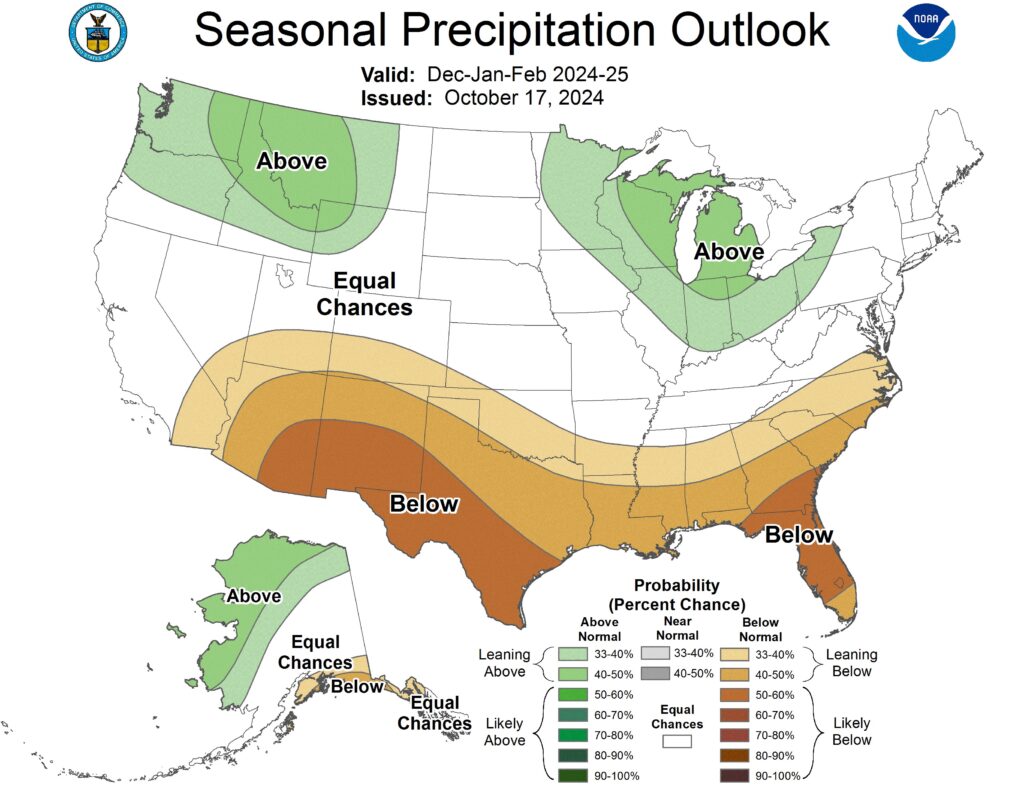
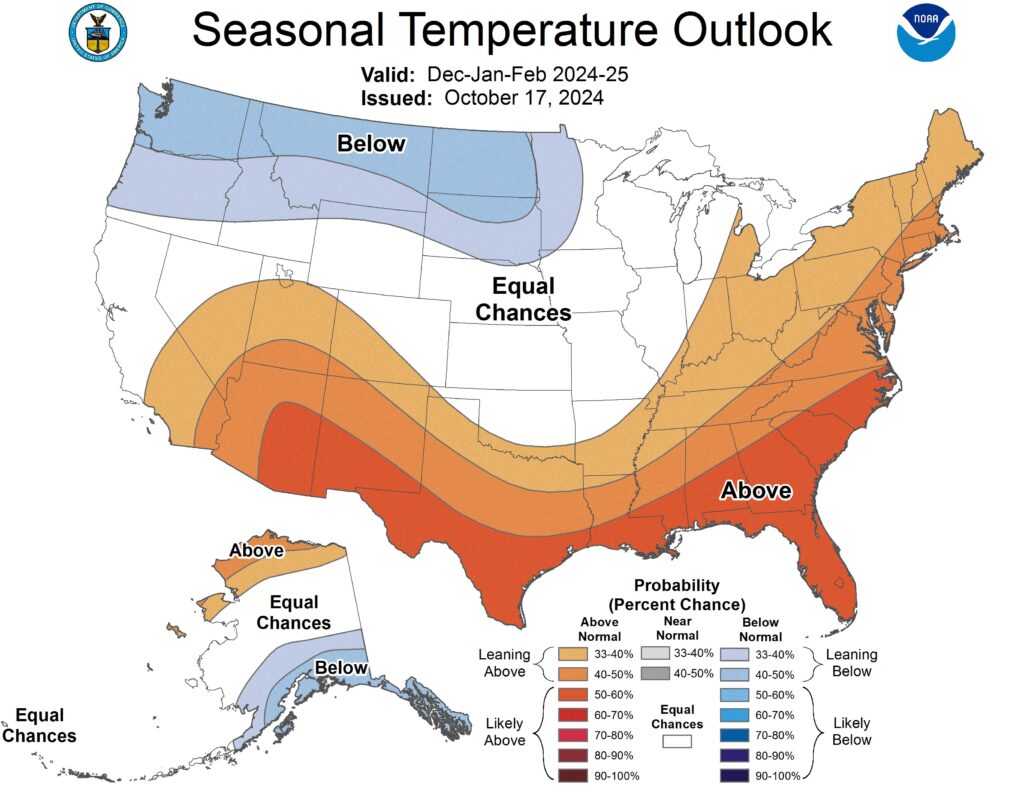
Shifting from below to above average
By the end of February 2024, many areas in the state had received less than 50% of their normal snowfall and had gone 30 to 70 days without snow on the ground since the previous December. This meant that parts of the north were well below seasonal averages of 70-100″ of snow accumulation. Ultimately, it impacted the region, including winter tourism and outdoor activities.
This year is shaping up to be different. “I think a lot of people hoped, at least those who spoke to me, that we’d have another winter like last year, but there’s essentially no chance of that happening again,” WCCO NEXT Weather Meteorologist Mike Augstyniak told CBS News.
Ely musher Tom Roach recalled how last year’s unseasonably warm conditions impacted wilderness travel. “The big issue was the lack of snow covering rocks, logs, and other obstacles along the portages.” He added that by mid-February, it looked dry—more like fire season than the middle of the mushing season. “The last trip I took with dogs into the BWCA last year was on February 25th up the Moose chain, and I found glare ice almost the whole way to Prairie Portage. Not long after that, the ice began to melt, and we never experienced better conditions for the rest of the winter,” he said.
However, this year’s forecast offers good news for the forest as well as those who live and recreate in the region. The predicted precipitation should improve the unusually dry conditions that have persisted in the north.
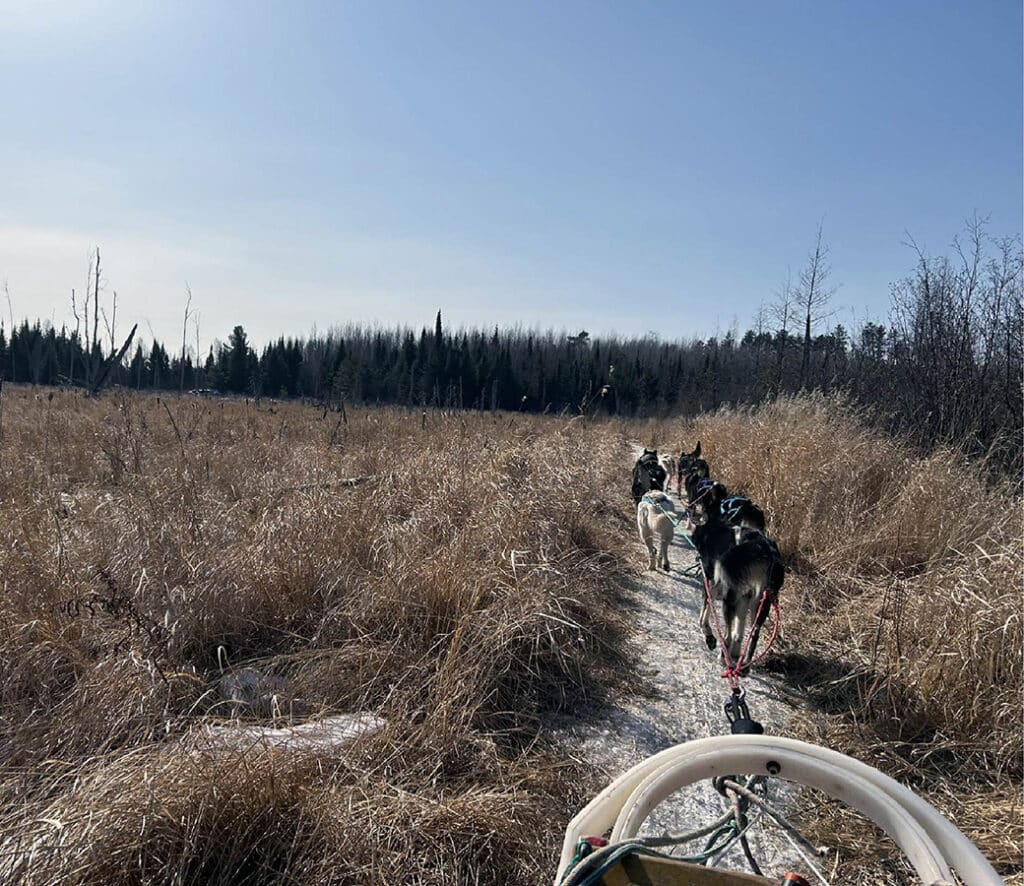
Safety for winter enthusiasts
Those who prepare and plan their winter activities in the Superior National Forest and BWCAW are less likely to encounter trouble. We’ve provided guidelines for staying safe and comfortable while enjoying the silent season.
- Carry a day pack with the 10 Essentials.
- Wear layers and remove or add them as your body temperature changes. Pack two pairs of gloves and mittens.
- Check the weather, ice depths, and trail conditions before you go.
- Check the road conditions, as some roads within the Superior National Forest are not plowed in the winter.
- Prepare for the weather and conditions you may encounter.
- Leave an itinerary of your plans at home with your emergency contact. Remember that help may be hours away.
- If a pit toilet is not available, bury human waste 200 feet from water, campsites, or trails. Cover all waste.
- Pack out your garbage and any garbage you find.
- Keep dogs on a leash at all times.
- Pack out dog feces where required within the national forest, state parks, and regional parks. Or, scatter in the woods at least 200 feet from the water’s edge and away from trails.
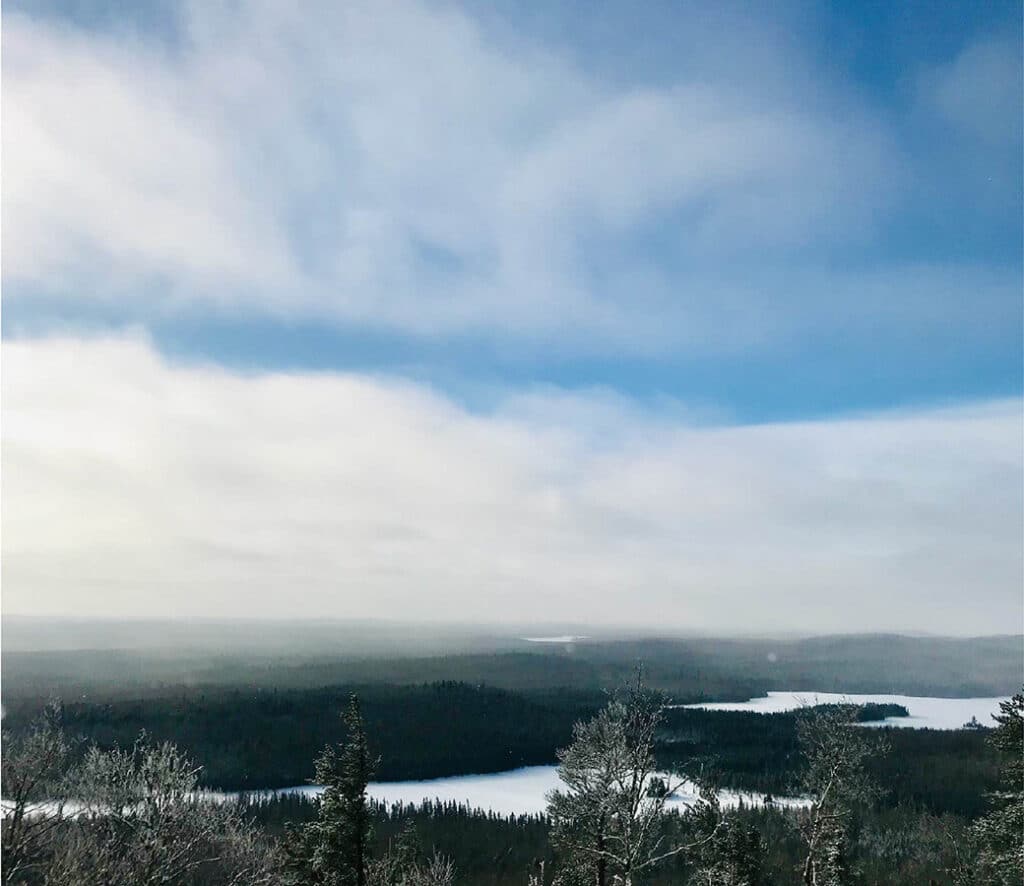
More info:
- U.S. Winter Outlook: Warmer and drier South, wetter North – NOAA
- NOAA’s 2024-25 winter forecast is out. Here’s what to expect in Minnesota. – CBS News
- The Lost Winter of 2023-24 – Minnesota DNR
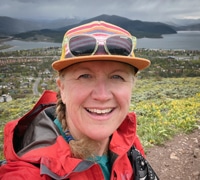
Wilderness guide and outdoorswoman Pam Wright has been exploring wild places since her youth. Remaining curious, she has navigated remote lakes in Canada by canoe, backpacked some of the highest mountains in the Sierra Nevada, and completed a thru-hike of the Superior Hiking Trail. Her professional roles include working as a wilderness guide in northern Minnesota and providing online education for outdoor enthusiasts.

